Previous Day - Next Day
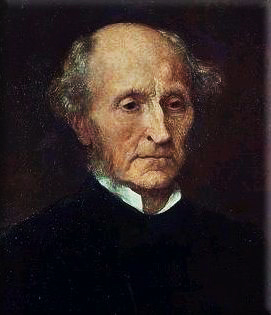
“If all mankind minus one were of one opinion, and only one person were of the contrary opinion, mankind would be no more justified in silencing that one person, than he, if he had the power, would be justified in silencing mankind.”
~ John Stuart Mill
Wikiquote (John Stuart Mill (May 20, 1806 – May 8, 1873) a British philosopher, political economist and civil servant. He was an influential contributor to social theory, political theory, and political economy. He has been called "the most influential English-speaking philosopher of the nineteenth century".)
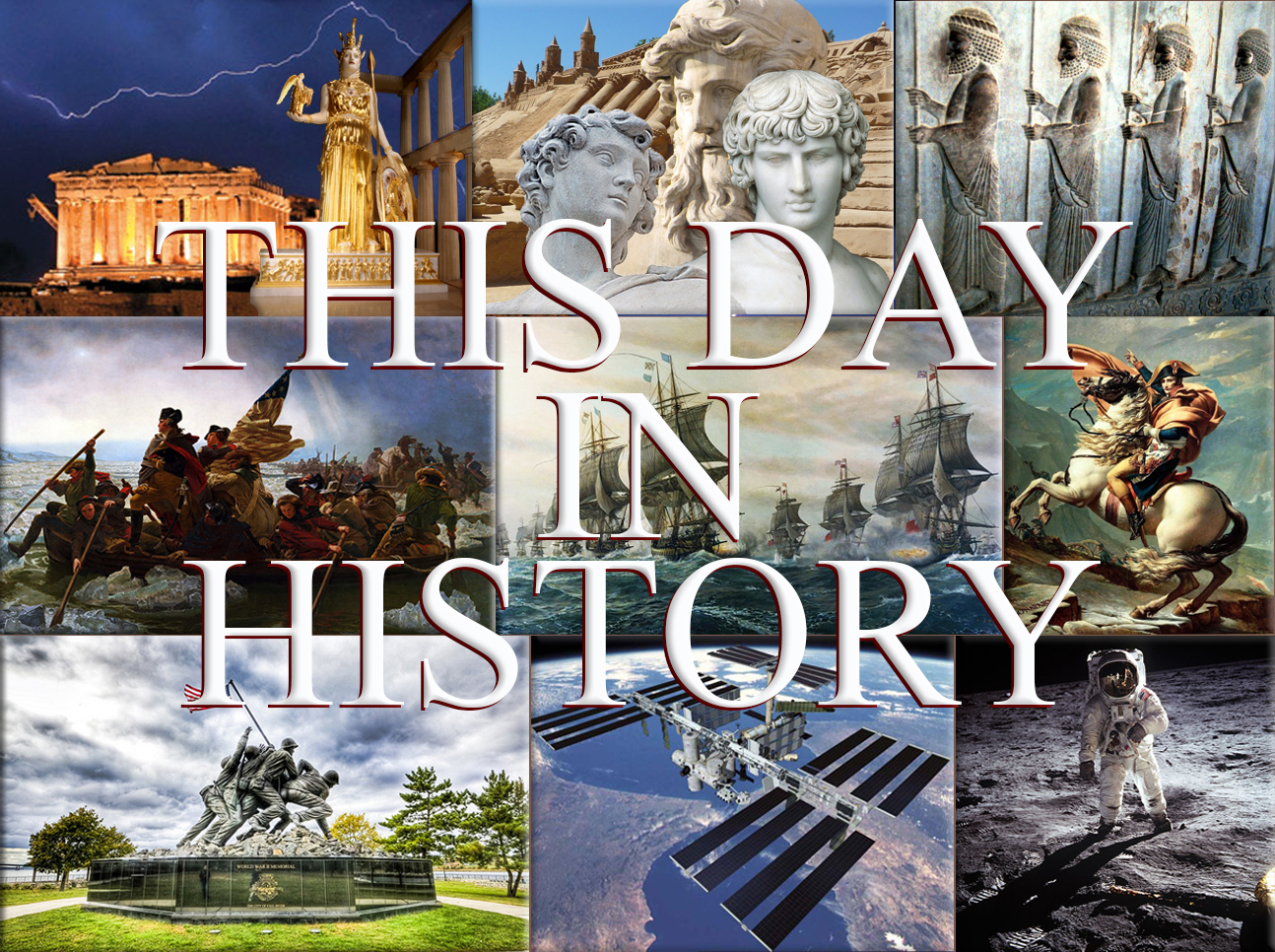
May 20th, 325
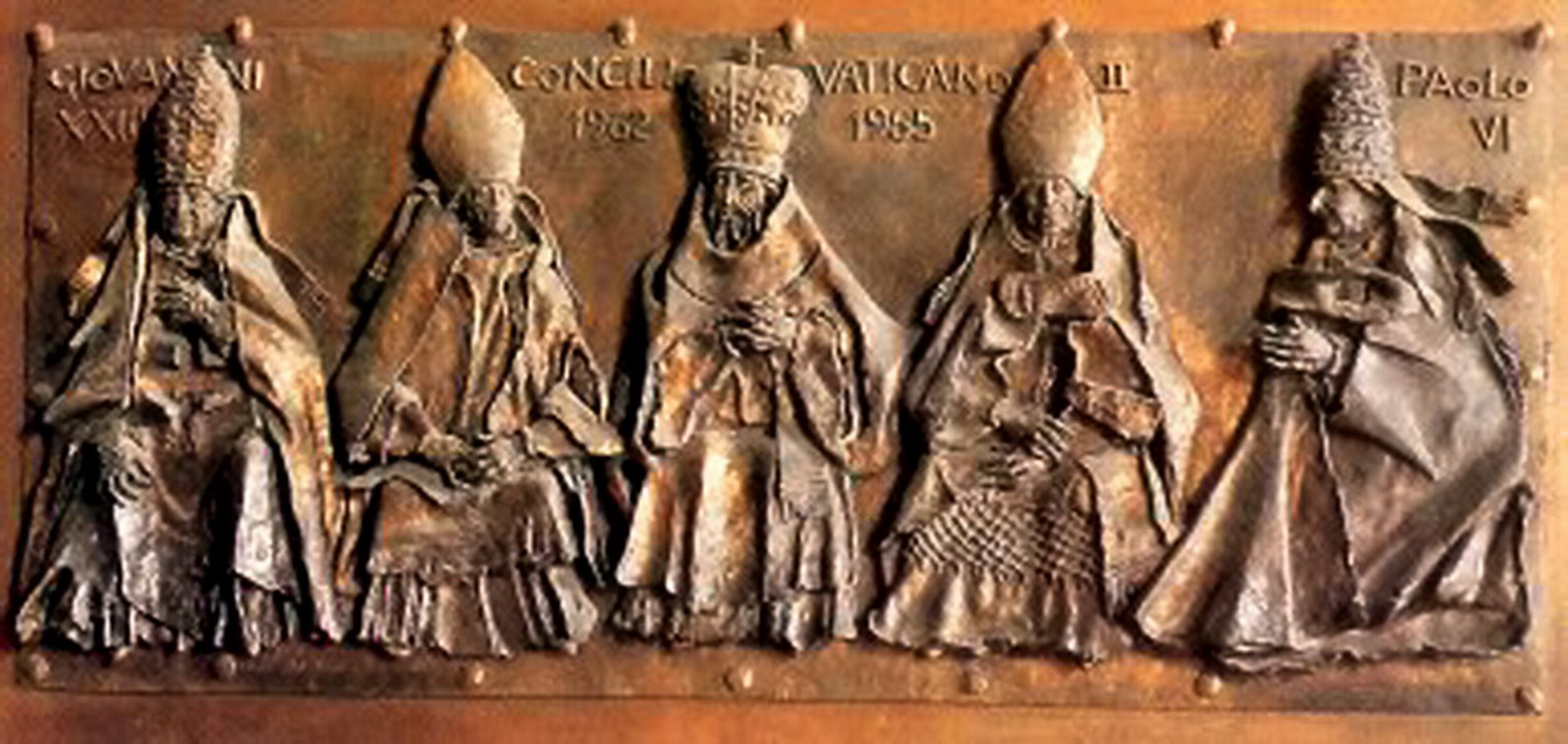
Catholic Ecumenical Councils:
325 - First Council of Nicea: The first Ecumenical Council of the Christian Church is held.
Wikipedia Photo: Catholic Ecumenical Councils include 21 councils over a period of 1700 years. (While definitions changed throughout history, in today's Roman Catholic understanding Ecumenical Councils are assemblies of Patriarchs, Cardinals, residing Bishops, Abbots, male heads of religious orders and other juridical persons, nominated by the Roman Pontiff.) They meet to discuss matters of faith and Church discipline.
May 20th, 491

Byzantine Empire (East Roman Empire):
491 - Empress Ariadne marries Anastasius I. The widowed Augusta is able to choose her successor for the Byzantine throne, after Zeno (late emperor) dies of dysentery.
Wikipedia Image: The Baptism of Constantine painted by Raphael's pupils (1520–1524, fresco, Vatican City, Apostolic Palace); Mural of Saints Cyril and Methodius, 19th century, Troyan Monastery, Bulgaria; Justinian I depicted on one of the famous mosaics of the Basilica of San Vitale, Ravenna; The Greek fire was first used by the Byzantine Navy during the Byzantine-Arab Wars (from the Madrid Skylitzes, Biblioteca Nacional de España, Madrid); Alexios I, founder of the Komnenos dynasty.
May 20th, 526

Earthquake:
526 - An earthquake kills about 300,000 people in Syria and Antiochia.
Wikipedia Image: Preliminary Determination of Epicenters / Aleppo Syria; Anchorage, Alaska - March 28, 1964 Prince William Sound USA earthquake and tsunami; 8.9 Mega Earthquake Strikes Japan; Tsunami Swirls Japan's Ibaraki Prefecture March 12 2011. credit NOAA / NGDC, NOAA National Geophysical Data Center, USGS, National Geographics.
May 20th, 685
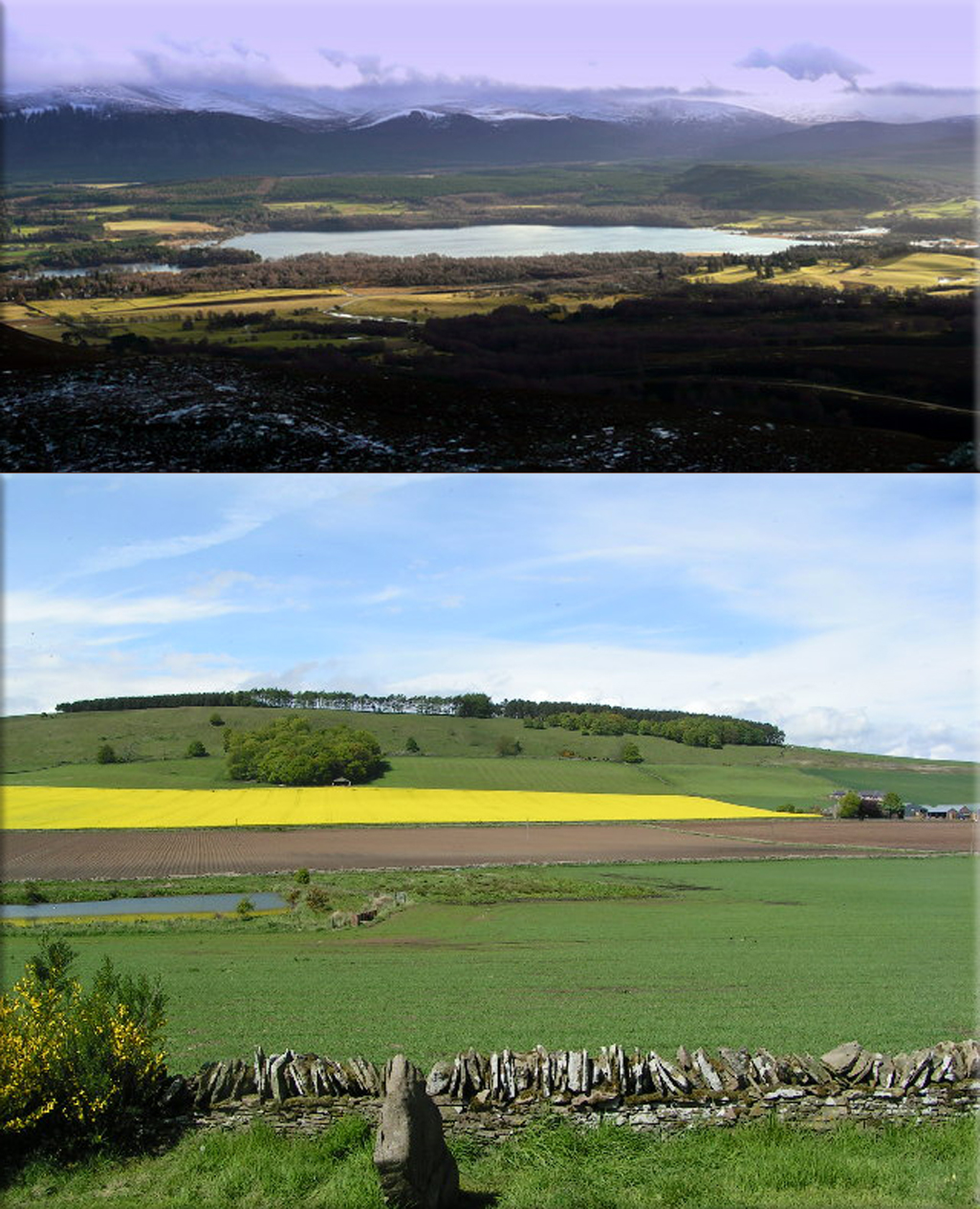
Battle of Dun Nechtain: Fought between a Pictish army under King Bridei III and the invading Northumbrians under King Ecgfrith, who are decisively defeated.
Wikipedia Photo: Battle of Dun Nechtain: Dunnichen Moss. (The body of water to the left is a modern pond) ● Loch Insh, possible site of Linn Garan..
May 20th, 1217
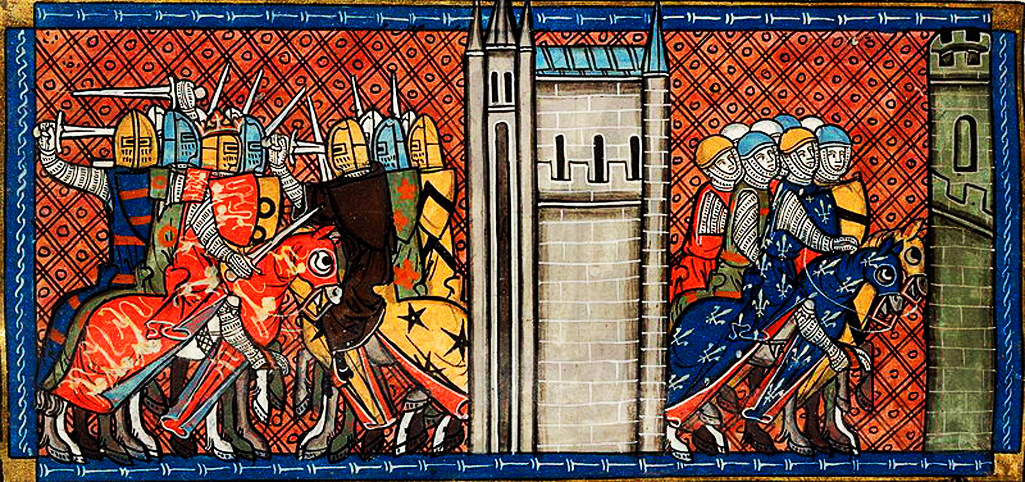
First Barons' War: Battle of Lincoln (1217); is fought near Lincoln, England resulting in the defeat of Prince Louis of France by William Marshal, 1st Earl of Pembroke.
Wikipedia Image: First Barons' War: (1215–17) was a civil war in the Kingdom of England between a group of rebellious barons, led by Robert Fitzwalter and supported by a French army under the future Louis VIII of France, and King John of England.
May 20th, 1497
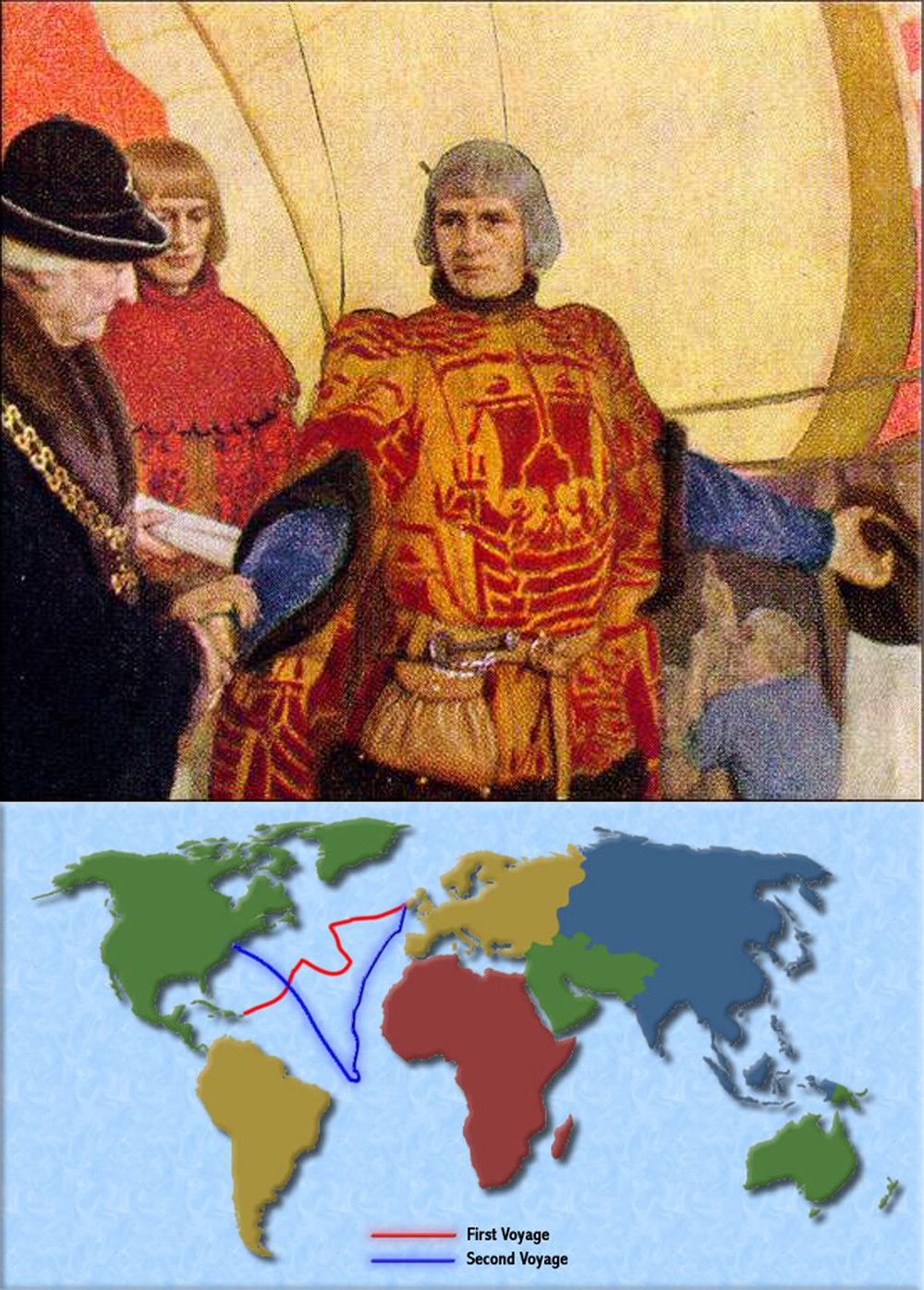
John Cabot sets sail from Bristol, England, on his ship Matthew looking for a route to the west (other documents give a May 2 date).
Wikipedia Image: John Cabot (1450 – 1499) was an Italian navigator and explorer whose 1497 discovery of parts of North America under the commission of Henry VII of England is commonly held to have been the first European encounter with the mainland of North America since the Norse Vikings visits to Vinland in the eleventh century.
May 20th, 1498
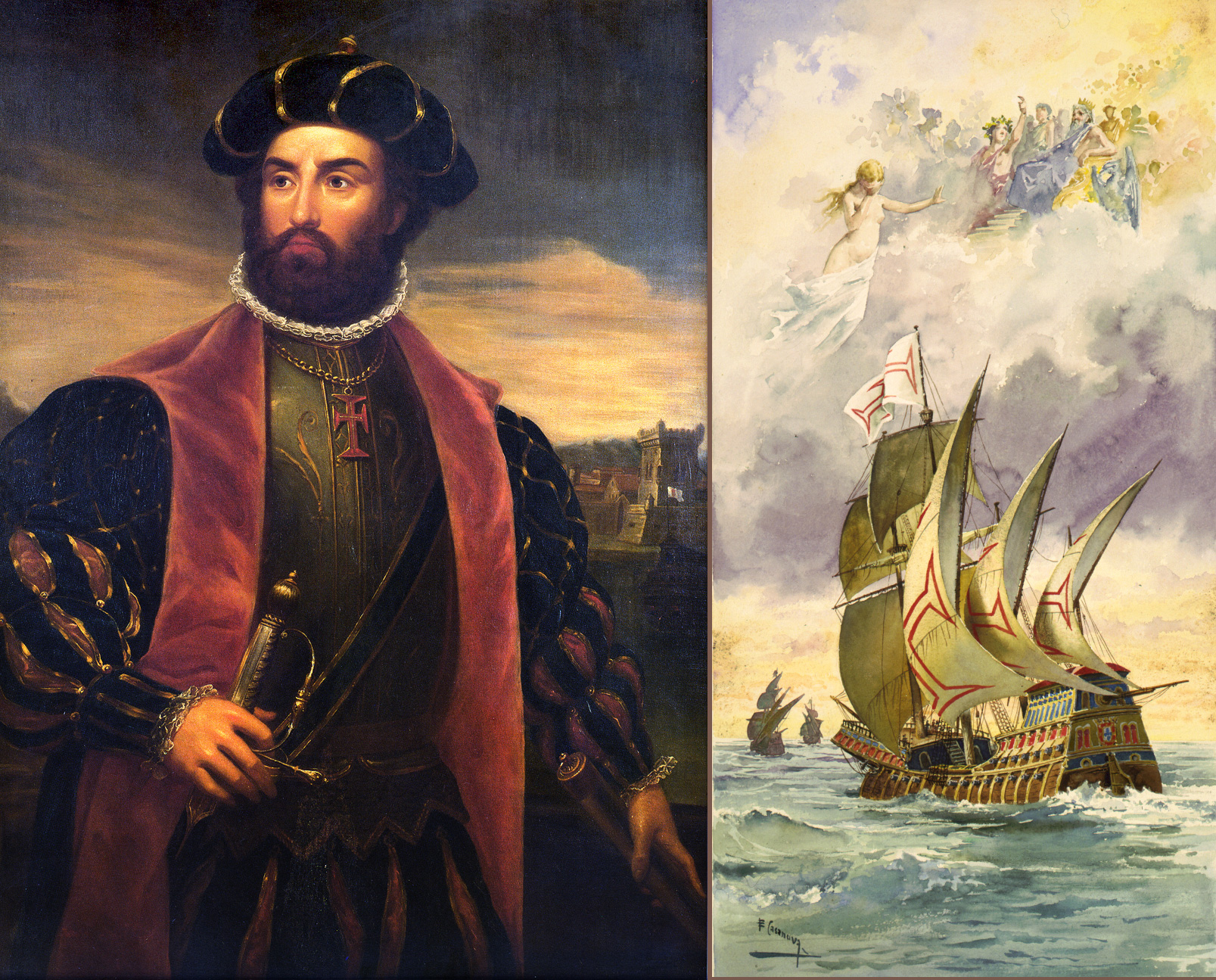
Discovery of the sea route to India:
1498 - Portuguese explorer Vasco da Gama discovers the sea route to India when he arrives at Kozhikode (previously known as Calicut) India.
Wikipedia Painting: Nineteenth century depiction of Vasco da Gama / Vasco da Gama's ship with gods above by Ernesto Casanova (1880)
May 20th, 1521
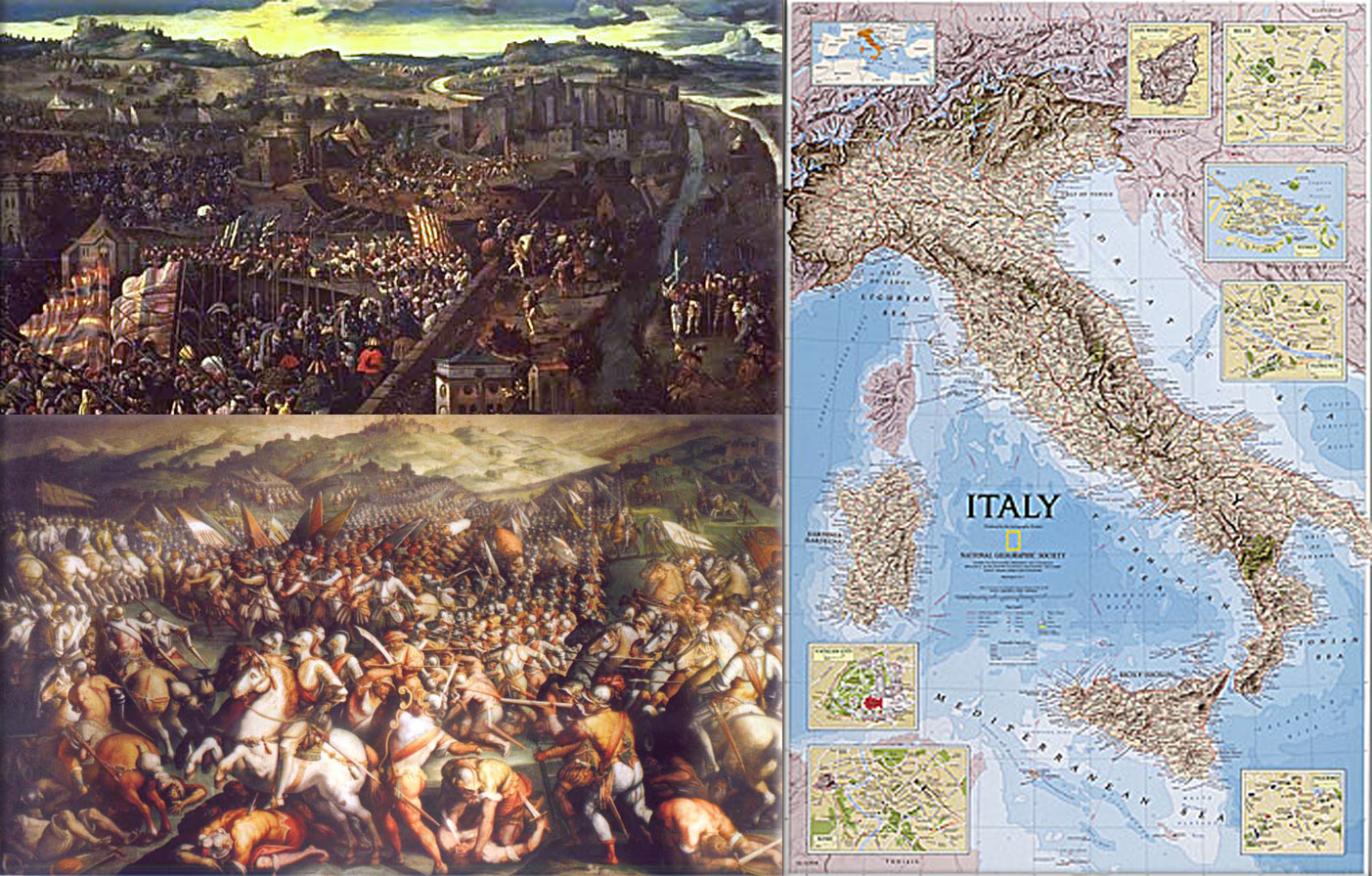
Italian Wars: Battle of Pampeluna; Ignatius Loyola is seriously wounded.
Wikipedia Image: Italian Wars: (Great Italian Wars or The Renaissance Wars), were a series of conflicts from 1494 to 1559 that involved, at various times, most of the city-states of Italy, the Papal States, most of the major states of Western Europe (France, Spain, the Holy Roman Empire, England, and Scotland) as well as the Ottoman Empire.
May 20th, 1570

Cartographer Abraham Ortelius issues Theatrum Orbis Terrarum, the first modern atlas
Wikipedia Image: In 1570 (May 20) Gilles Coppens de Diest at Antwerp published 53 maps created by Abraham Ortelius under the title Theatrum Orbis Terrarum, considered the "first modern atlas".
May 20th, 1609
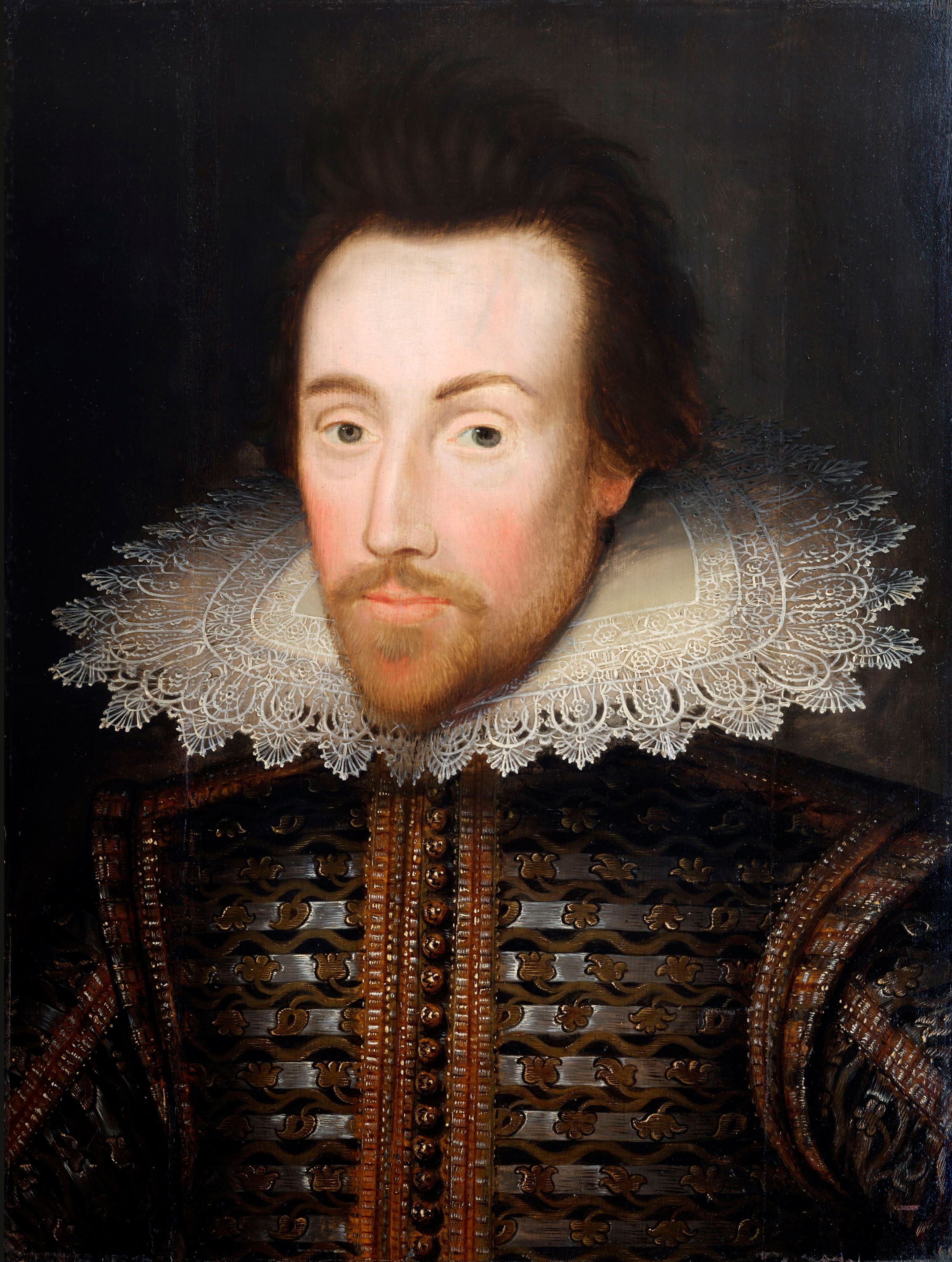
William Shakespeare:
1609 - Shakespeare's sonnets are first published in London, perhaps illicitly, by the publisher Thomas Thorpe.
Wikipedia Painting: William Shakespeare. credit Shakespeare.org.uk
May 20th, 1631
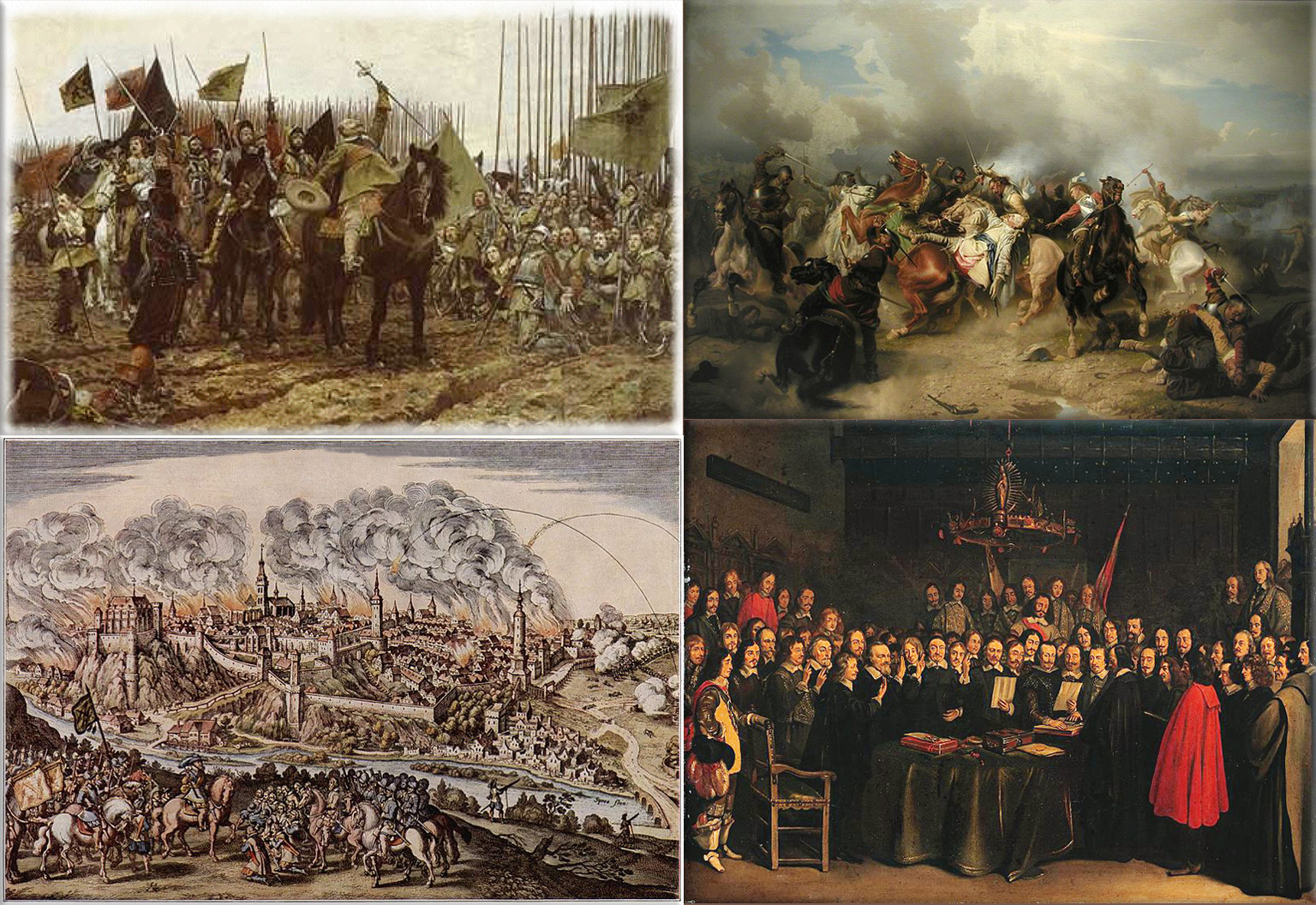
Thirty Years' War:
1631 - Sack of Magdeburg; The city of Magdeburg in Germany is seized by forces of the Holy Roman Empire and most of its inhabitants massacred , in one of the bloodiest incidents of the Thirty Years' War.
Wikipedia Painting: Battle of Breitenfeld (1631), The victory of Gustavus Adolphus; Bautzen circa 1620, by Matthäus Merian; Battle of Lützen by Carl Wahlbom shows the death of King Gustavus Adolphus on 16 November 1632; Bautzen 1620, by Matthäus Merian; Peace of Westphalia, Ratification of the Peace of Münster.
May 20th, 1775
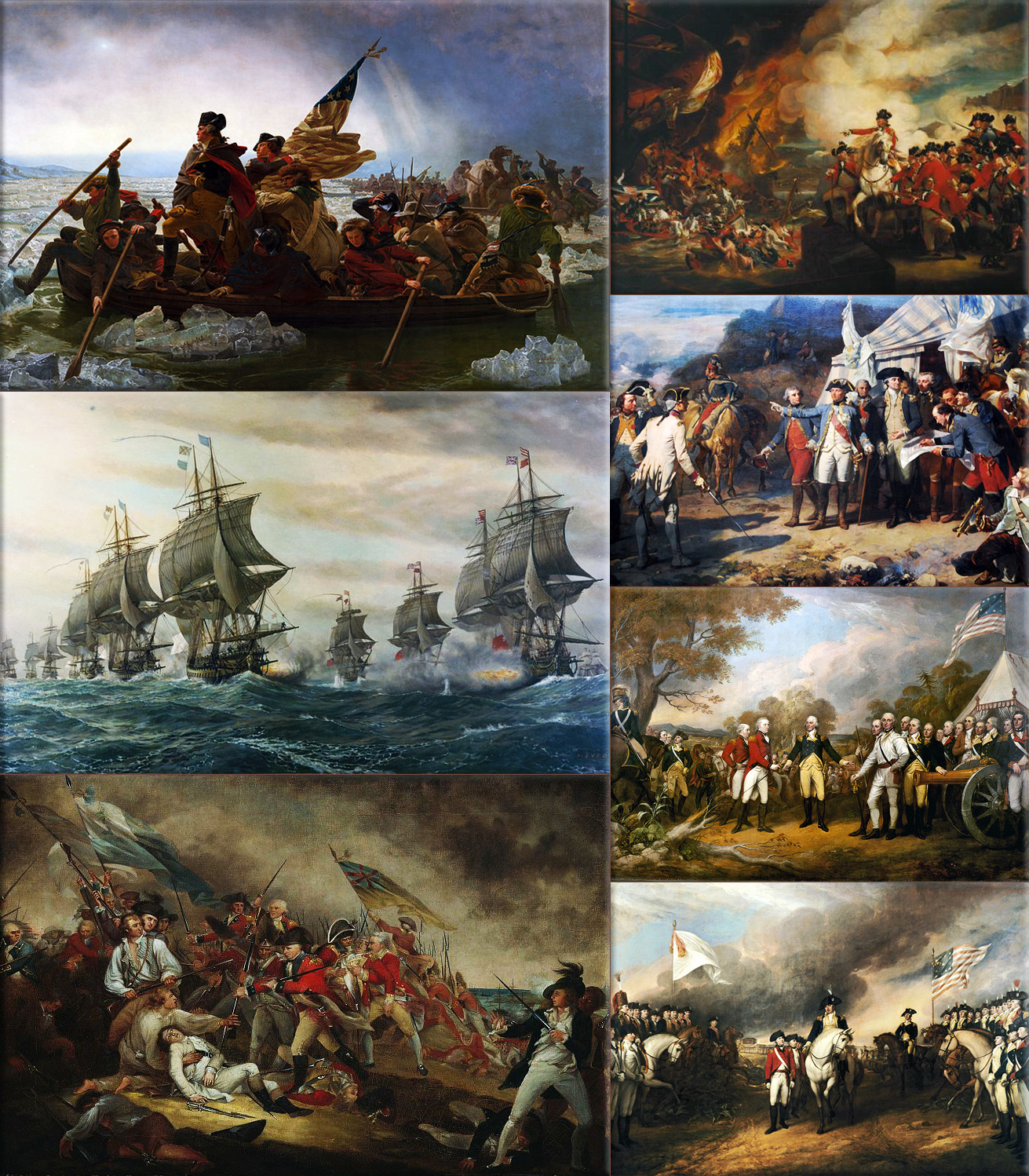
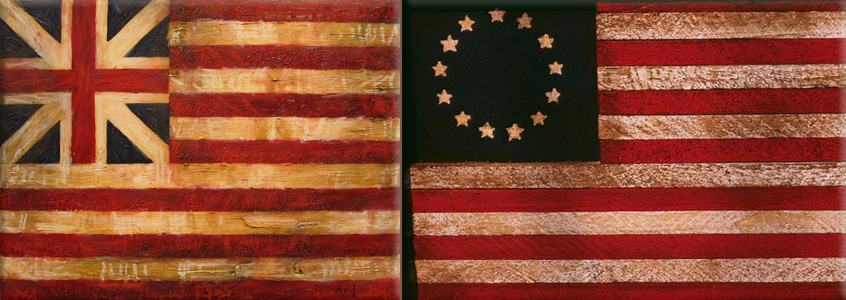
American Revolutionary War:
1775 - Mecklenburg Declaration of Independence signed in Charlotte, North Carolina.
Wikipedia Paintings: Washington Crossing the Delaware, by Emanuel Leutz; Battle of the Chesapeake, French (left) and British (right) lines; Battle of Bunker Hill, The Death of General Warren at the Battle of Bunker Hill by John Trumbull; The Defeat of the Floating Batteries at Gibraltar, September 13, 1782, by John Singleton Copley; Washington and the Comte de Rochambeau at Yorktown, 1781; "The surrender at Saratoga" shows General Daniel Morgan in front of a French de Vallière 4-pounder; Surrender of Cornwallis at Yorktown by (John Trumbull, 1797).
Grand Union - Stars and Stripes Flag
May 20th, 1813

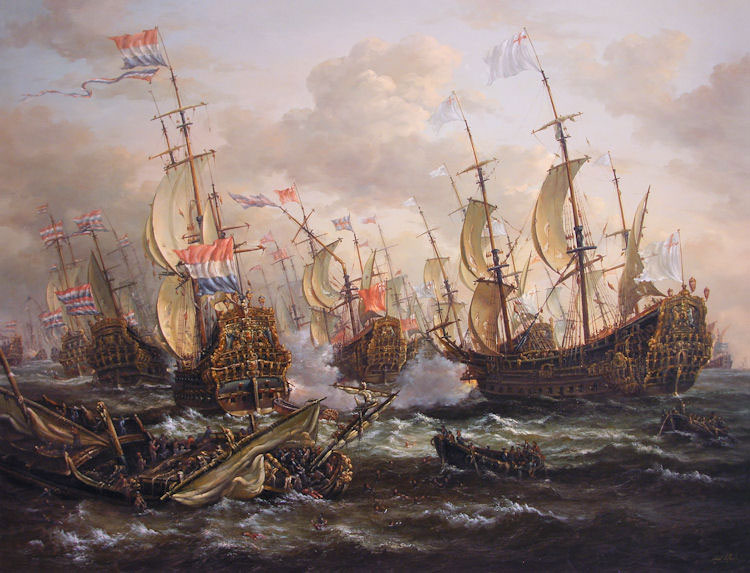
French Revolutionary Wars / Napoleonic Wars:
1813 - Battle of Bautzen; Napoleon Bonaparte leads his French troops in Saxony, Germany, against the combined armies of Russia and Prussia. The battle ends the next day with a French victory.
Wikipedia Painting: Battle of Trafalgar: The British HMS Sandwich fires to the French flagship Bucentaure (completely dismasted) in the battle of Trafalgar;
Napoleon in Berlin (Meynier). After defeating Prussian forces at Jena, the French Army entered Berlin on 27 October 1806;
Battle of the Bridge of Arcole Napoleon Bonaparte leading his troops over the bridge of Arcole, by Horace Vernet;
Napoleon as King of Italy (Appiani);
Napoleon Crossing the Alps (David). In 1800 Bonaparte took the French Army across the Alps, eventually defeating the Austrians at Marengo;
Charge of the Russian Imperial Guard cavalry against French cuirassiers at the Battle of Friedland, 14 June 1807;
Battle of Borodino as depicted by Louis Lejeune. The battle was the largest and bloodiest single-day action of the Napoleonic Wars;
Napoleon's withdrawal from Russia, a painting by Adolph Northen;
Wellington at Waterloo by Robert Alexander Hillingford;
Napoleon is often represented in his green colonel uniform of the Chasseur à Cheval, with a large bicorne and a hand-in-waistcoat gesture.
Battle of the Nile (Battle of Aboukir Bay).
May 20th, 1861
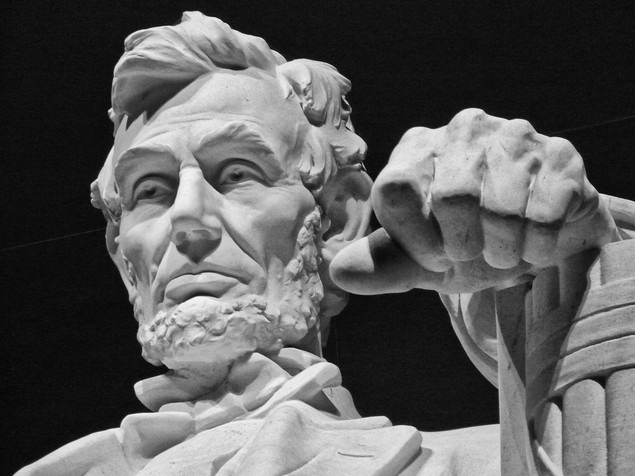
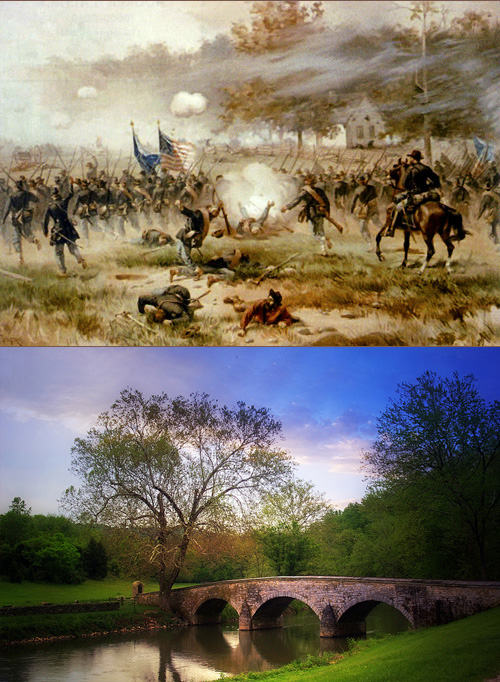
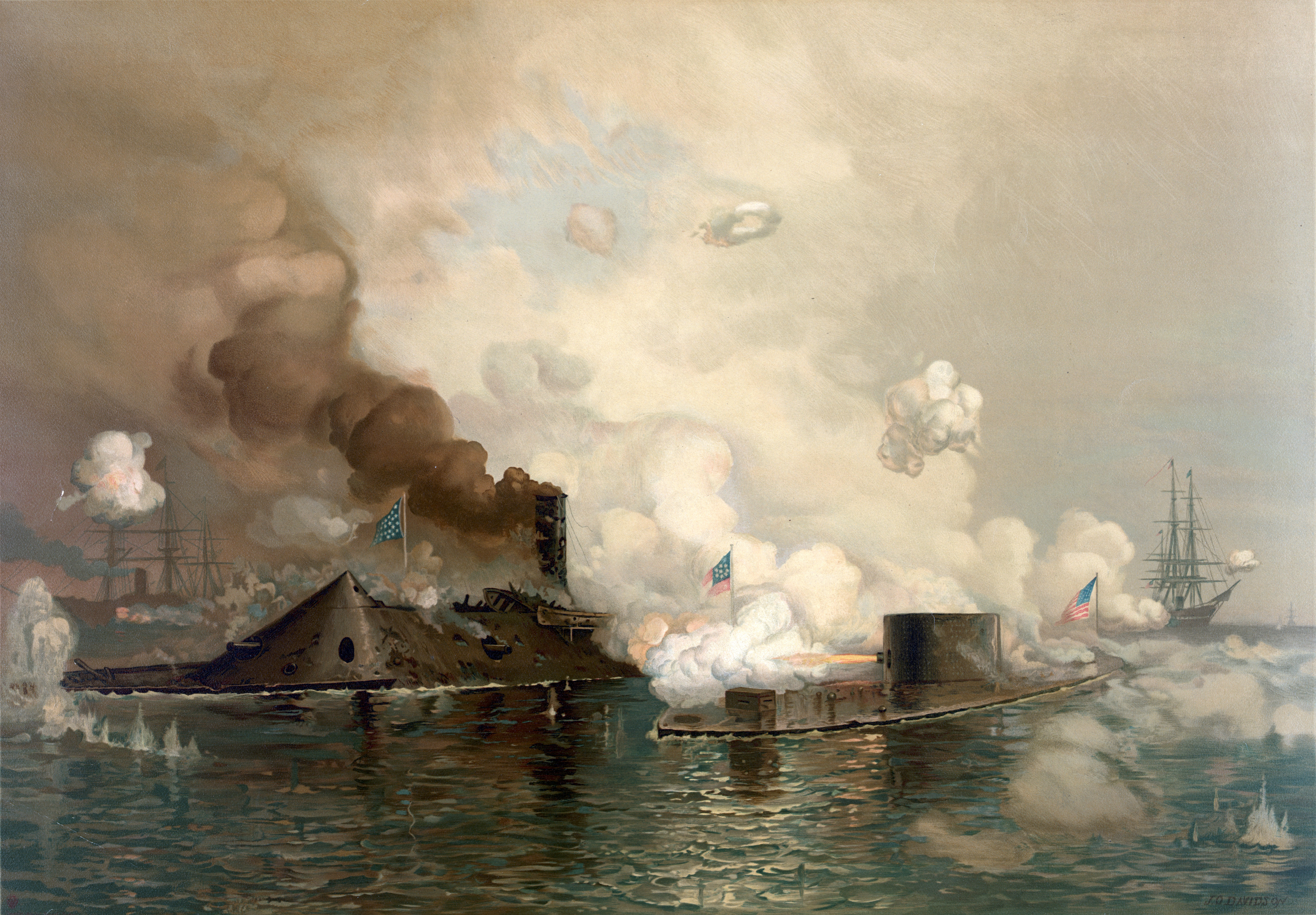
American Civil War:
1861 - The state of Kentucky proclaims its neutrality, which will last until September 3 when Confederate forces enter the state. Meanwhile, the State of North Carolina secedes from the Union.
1862 - United States President Abraham Lincoln signs the Homestead Act into law.
1864 - Virginia Bermuda Hundred Campaign; Battle of Ware Bottom Church - 10,000 troops fight in this Confederate victory.
Wikipedia Image: ● Lincoln Memorial; an American national monument built to honor the 16th President of the United States, Abraham Lincoln - located on the National Mall in Washington, D.C. across from the Washington Monument.
● The northern army led by George McClellan and the southern army led by Robert E. Lee met at Antietam Creek, Maryland in September, 1862. It was a bloody battle where 13,000 Confederates and 12,000 Union troops died in just one day. McClellan had hesitated to attack before the battle thus letting the southern troops regroup. Also, he had saved reserves and refused to use them at the end of the battle thinking that Lee was holding reserves for a counterattack, even though those reserves didn't exist. The Union victory stopped Lee's northward advance and was a turning point in the war.
● Battle of Antietam / Stone Bridge at Antietam Battlefield - Sharpsburg, Maryland
● First Battle Between Ironclads: CSS Virginia/Merrimac (left) vs. USS Monitor, in 1862 at the Battle of Hampton Roads.
● Although photography was still in its infancy, war correspondents produced thousands of images, bringing the harsh realities of the frontlines to those on the home front in a new and visceral way. The Atlantic.
May 20th, 1873
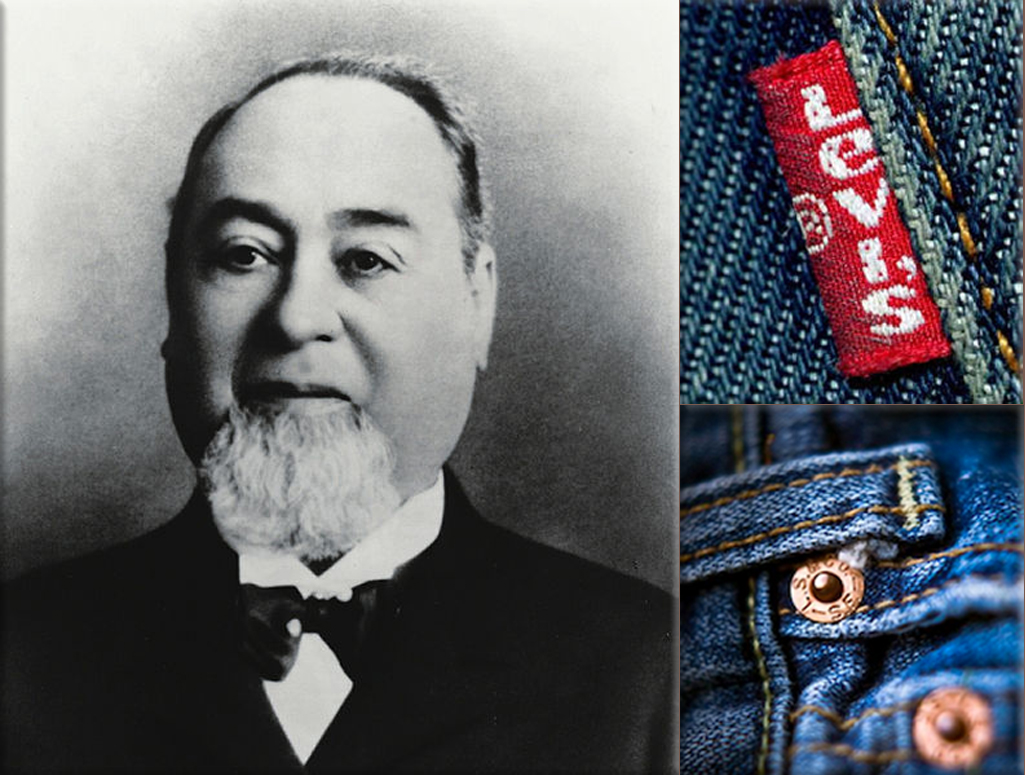
Levi Strauss and Jacob Davis receive a United States patent for blue jeans with copper rivets.
Wikipedia Photo: Levi Strauss patents blue jeans with copper rivets.
May 20th, 1884
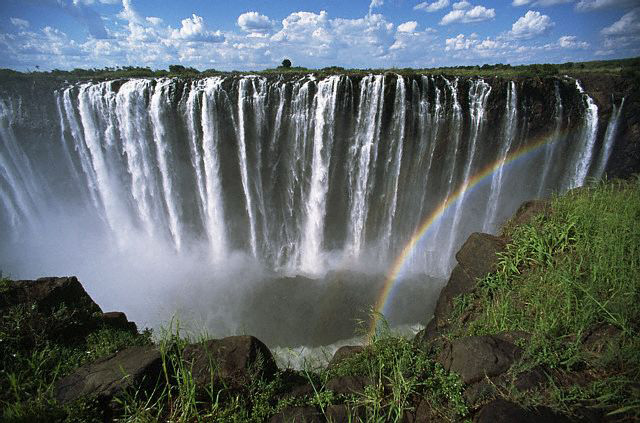

1884 - In South Africa, Dinuzulu kaCetshwayo becomes the king of the Zulu Nation.
Wikipedia Photo: Zambia Victoria Falls, Zimbabwe;
A n'anga (or faith healer) of the majority (70%) Shona people, holding a kudu horn trumpet; Matabele and Zulu warriors, traditions continue to this day in ceremonies for special events.
April 20th, 1891
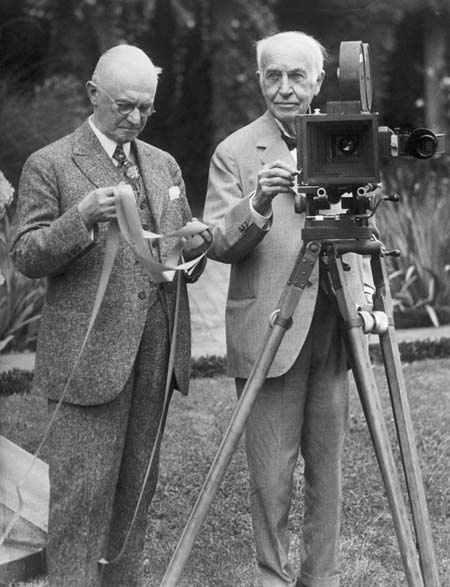
History of cinema:
1891 - The first public display of Thomas Edison's prototype Kinetoscopes.
Wikipedia Photo: Thomas Edison (right) demonstrating the Kinetoscope (motion picture camera), with the assistance of George Eastman, who helped develop the film used in the early motion picture machines.
May 20th, 1899

The first traffic ticket in the United States: New York City taxi driver Jacob German was arrested for speeding while driving 12 miles per hour on Lexington Street.
Wikipedia Photo: Traffic ticket.
May 20th, 1902

Spanish–American War: Cuba gains independence from the United States Tomás Estrada Palma becomes the country's first President.
Wikipedi Image: Satellite image Cuba, credit: Jeff Schmaltz, MODIS Rapid Response Team, NASA / GSFC; A Catalan satirical drawing published in La Campana de Gràcia (1896), criticizing U.S. behavior regarding Cuba; W. A. Rogers. "The Battle of Desmayo - The Cuban Balaklava" In: Harper's Pictorial History of the War with Spain. Vol. 1. New York: Harper & Brothers Publishers, 1899. NYPL, United States History, Local History and Genealogy Division.
May 20th, 1916
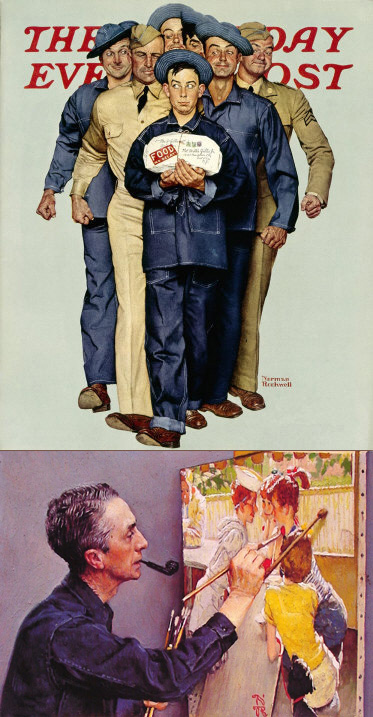
The Saturday Evening Post publishes its first cover with a Norman Rockwell painting (Boy with Baby Carriage).
Wikipedia Photo: Saturday Evening Post Norman Rockwell Willie Gillis
May 20th, 1927
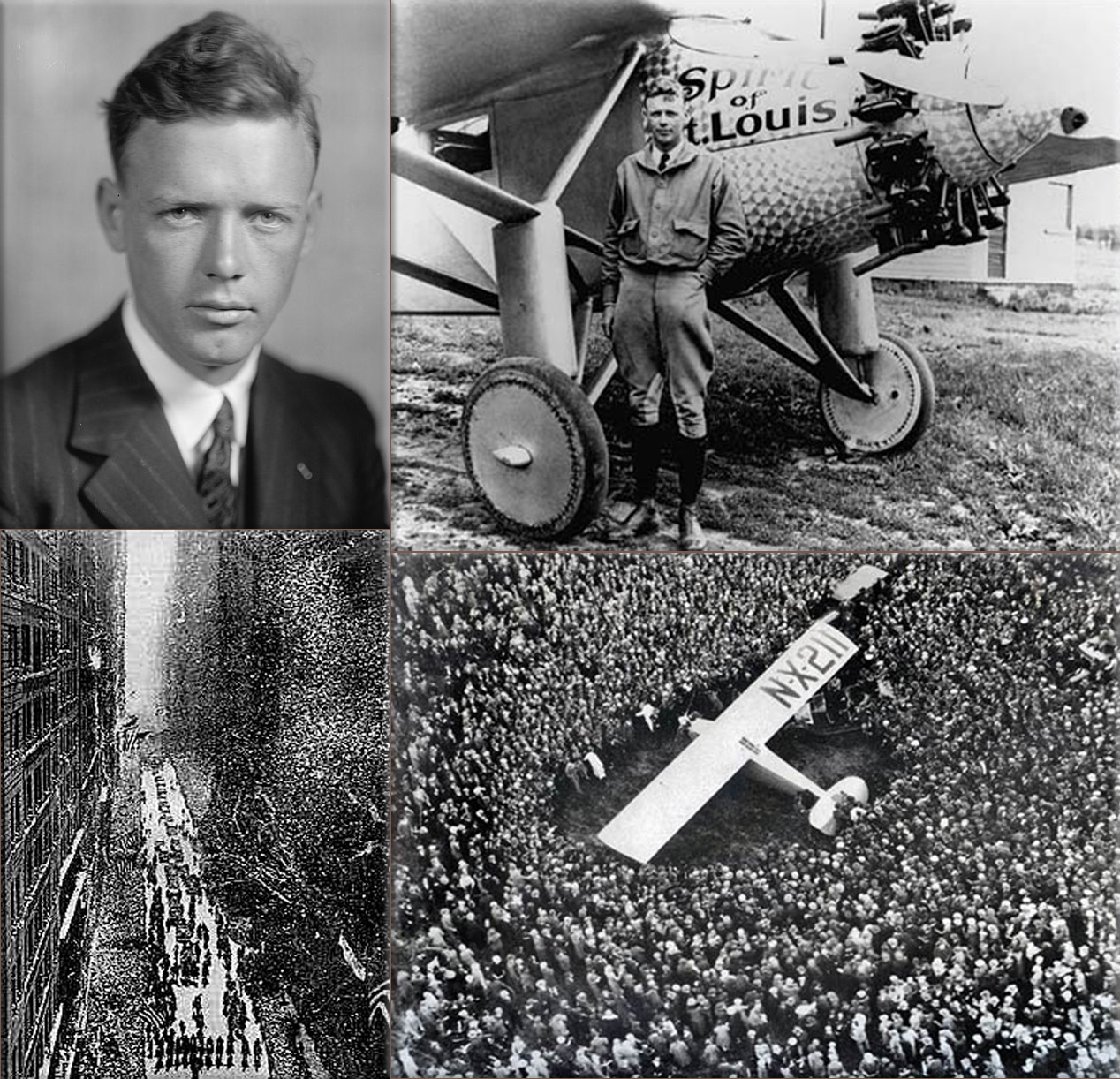
At 07:52 Charles Lindbergh takes off from Roosevelt Field in Long Island, New York, on the world's first solo non-stop flight across the Atlantic Ocean. He touched down at Le Bourget Field in Paris at 22:22 the next day.
Wikipedia Photo: Charles Lindbergh (February 4, 1902 – August 26, 1974) (nicknamed 'Slim', 'Lucky Lindy' and 'The Lone Eagle') was an American aviator, author, inventor, explorer, and social activist. (Lindbergh emerged suddenly from virtual obscurity to instantaneous world fame as the result of his Orteig Prize-winning solo non-stop flight on May 20–21, 1927, from New York's Long Island to Le Bourget Field in Paris, France, a distance of nearly 3,600 statute miles (5,800 km), in the single-seat, single-engine purpose built Ryan monoplane Spirit of St. Louis.)
May 20th, 1932

Amelia Earhart takes off from Newfoundland to begin the world's first solo nonstop flight across the Atlantic Ocean by a female pilot, landing in Ireland the next day.
Wikipedia Photo: Amelia Earhart in 1935; Amelia Earhart appears above in her flight gear in this undated photo, credit Associated Press; Amelia Earhart and her mother in Boston, when 300,000 turned out to cheer the three flyers who made the non-stop flight across the Atlantic, July 1928; Amelia Earhart sitting on her plane, ca. 1935. George Palmer Putnam Collection of Amelia Earhart Papers, Courtesy of Purdue University Libraries, Karnes Archives and Special Collections; Amelia Earhart and Harpo Marx, dressed as a dog catcher, ca. 1932. George Palmer Putnam Collection of Amelia Earhart Papers, Courtesy of Purdue University Libraries, Karnes Archives and Special Collections; Amelia Earhart standing in front of the propellers on her plane, ca. 1935. George Palmer Putnam Collection of Amelia Earhart Papers, Courtesy of Purdue University Libraries, Karnes Archives and Special Collections; Amelia Earhart with arms spread in front of her plane, ca. February 12, 1937. George Palmer Putnam Collection of Amelia Earhart Papers, Courtesy of Purdue University Libraries, Karnes Archives and Special Collections.
May 20th, 1940
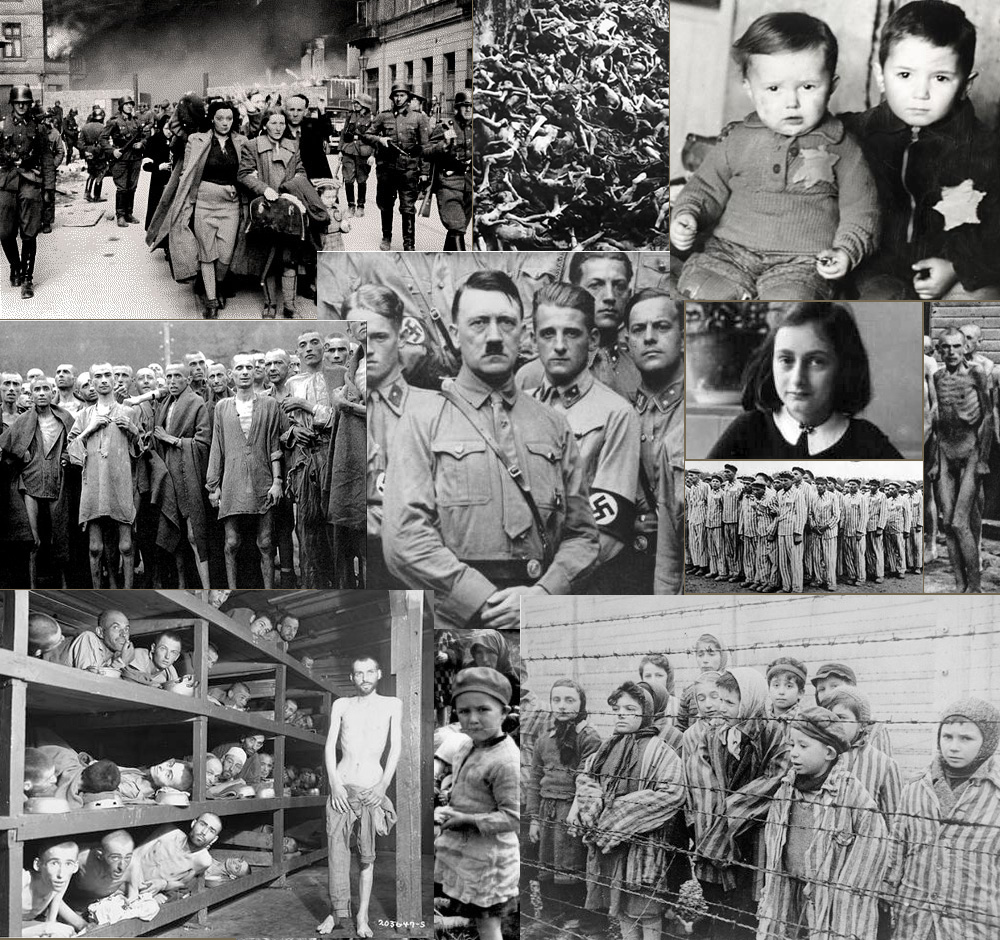
World War II: Holocaust;
1940 - The first prisoners arrive at a new concentration camp at Auschwitz.
Wikipedia Photo: World War II, The Holocaust. Sources: United States Holocaust Memorial Museum USHMM, History 1900s, Internet Masters of Education Technology IMET, Techno Friends, Veterans Today, Concern.
May 20th, 1941
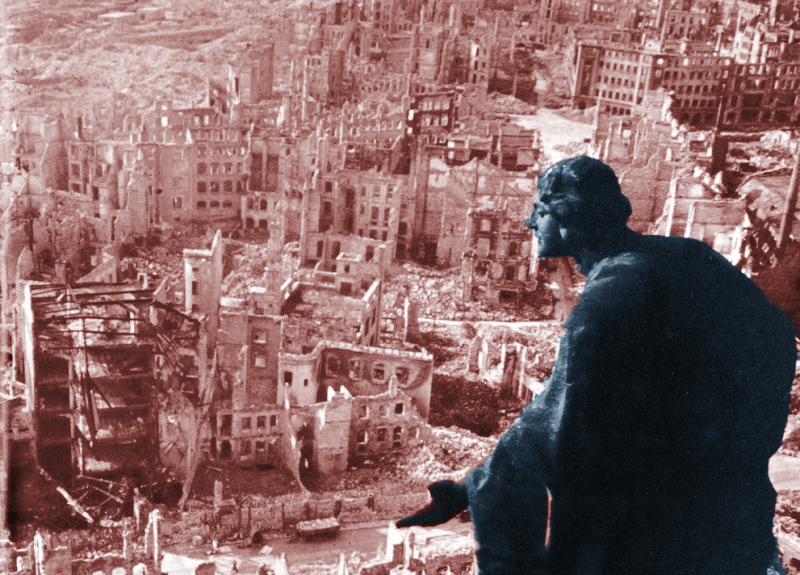

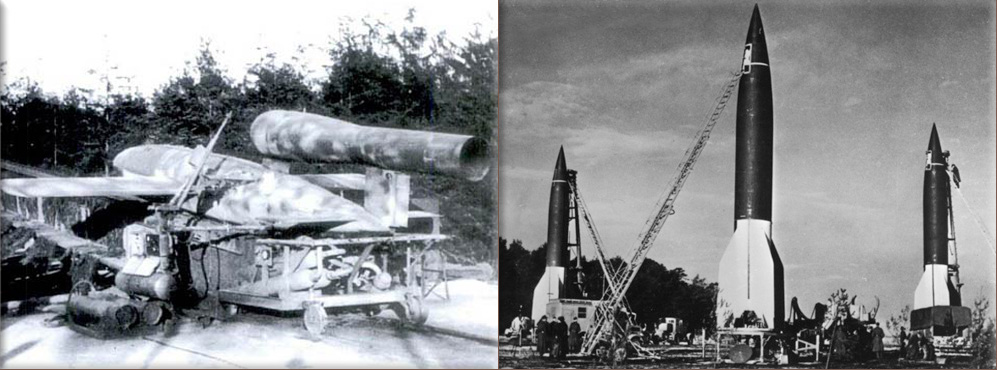
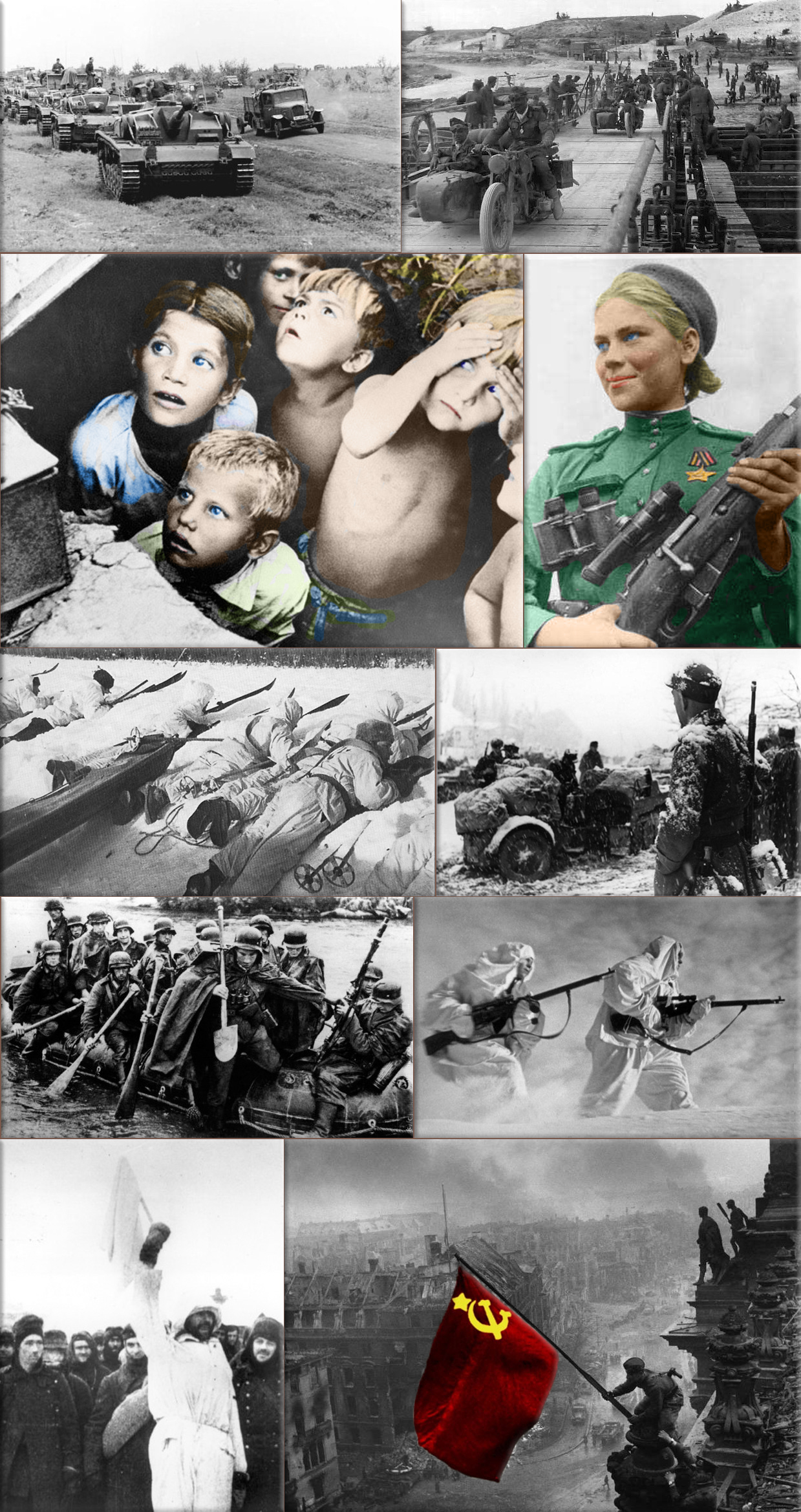
World War II:
1941 - Battle of Crete; German paratroops invade Crete.
Wikipedia Photo: Bombing of Dresden in World War II; August Schreitmüller's sculpture 'Goodness' surveys Dresden after a firestorm started by Allied bombers in 1945.
USS Bunker Hill was hit by kamikazes piloted by Ensign Kiyoshi Ogawa and another airman on 11 May 1945. 389 personnel were killed or missing from a crew of 2,600; Ensign Kiyoshi Ogawa, who flew his aircraft into the USS Bunker Hill during a Kamikaze mission on 11 May 1945; Kamikaze Missions - Lt Yoshinori Yamaguchi's Yokosuka D4Y3 (Type 33 Suisei) "Judy" in a suicide dive against USS Essex. The dive brakes are extended and the non-self-sealing port wing tank is trailing fuel vapor and/or smoke 25 November 1944.
German V1 flying-bomb and V2 Rockets - Preparations for a Salvo Launch of V-2 Rockets in the Heidelager near Blizna (Poland) (1944), credit German History in Documents and Images GHDI.
Eastern Front (World War II); Germans race towards Stalingrad. August 1942; Soviet children during a German air raid in the first days of the war, June 1941, by RIA Novosti archive; Soviet sniper Roza Shanina in 1944. About 400,000 Soviet women served in front-line duty units Caucasus Mountains, winter 1942/43; Finnish ski patrol: the invisible enemy of the Soviet Army with an unlimited supply of skis; Men of the German Engineers Corps cross a river which is swollen after the first autumn rains, to strengthen bridges linking the German positions on the central front in Russia. by Keystone / Getty Images. October 1942; Russian snipers fighting on the Leningrad front during a blizzard. Photo by Hulton Archive / Getty Images, 1943; German soldiers surrendering to the Russians in Stalingrad, the soldier holding the white flag of surrender is dressed in white so that there could be no doubt of his intentions, a Russian soldier is on the right of the photograph. by Keystone / Getty Images, January 1943.
May 20th, 1948
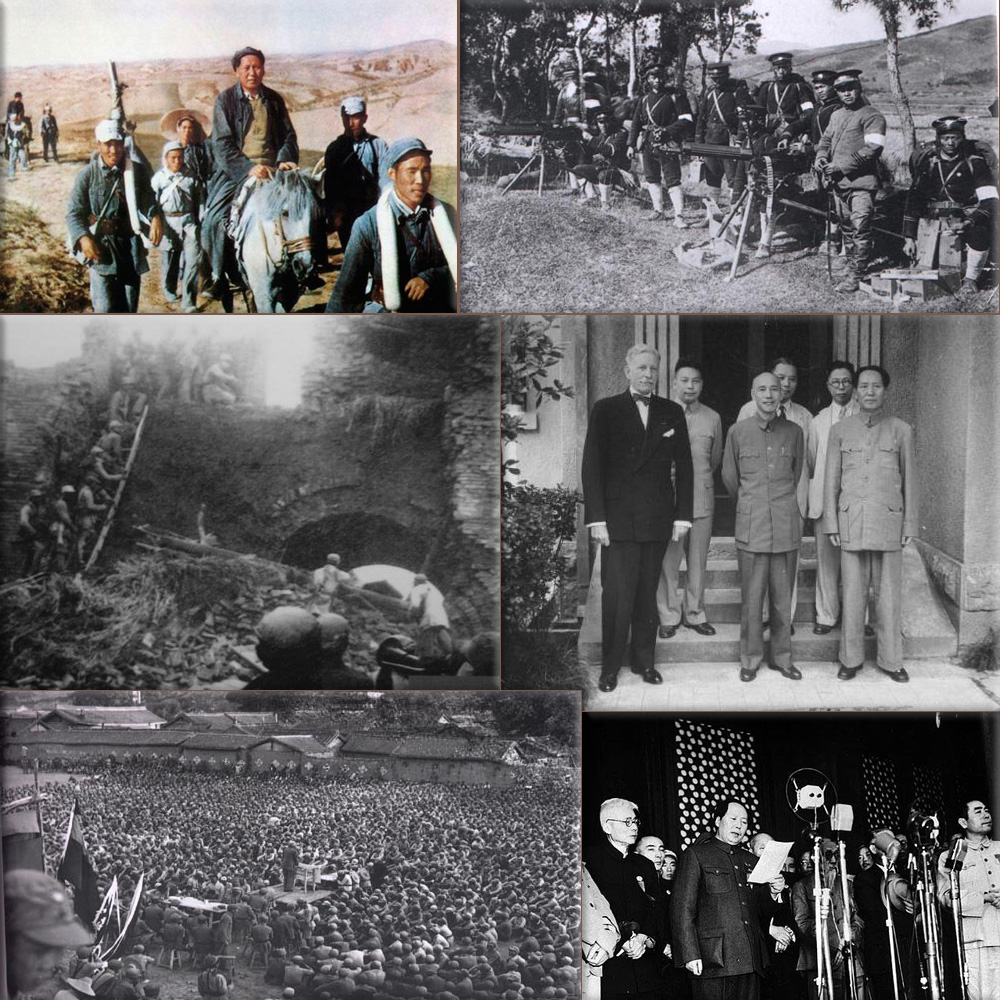
Chinese Civil War:
1948 - Chiang Kai-shek is elected as the first President of the Republic of China.
Wikipedia Photo: In 1934, Mao Zedong headed the Long March. The Long March was when the Chinese Nationalists, led by Chiang Kai-shek, forced the Chinese Communists, led by Mao Zedong, on a march to the caves of Shaanxi. (colorized); Government soldiers train with modern machine guns; People's Liberation Army attacking government defensive positions in Shangtang; US diplomat Patrick J. Hurley, Chiang Ching-kuo, Chiang Kai-shek, Chang Ch'ün, Wang Shi Jie (王世杰), Mao Zedong; A Communist leader addressing Long March survivors; The PLA enters Beijing in the Pingjin Campaign and control the later capital of PRC.
May 20th, 1956
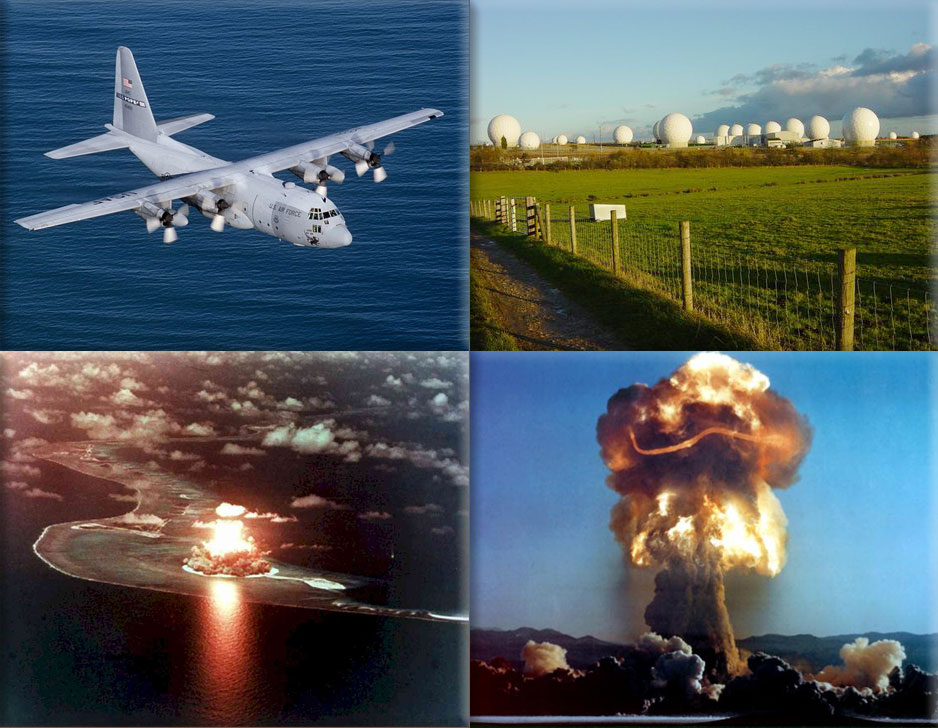


Cold War:
1956 - Operation Redwing; (shot Cherokee), the first United States airborne hydrogen bomb is dropped over Bikini Atoll in the Pacific Ocean.
Wikipedia Photo: Lockheed C-130 Hercules; RAF Menwith Hill, a large site in the United Kingdom, part of ECHELON and the UKUSA Agreement; New Zealand nuclear test, British nuclear tests near the Malden and Christmas Islands in the mid-Pacific in 1957 and 1958; Nevada nuclear tests, Nevada Division of Environmental Protection Bureau of Federal Facilities.
U2, Lockheed TR-1 in flight.
May 20th, 1965

Aviation accidents and incidents:
1965 - PIA Flight 705; A Pakistan International Airlines Boeing 720 – 040 B, crashes while descending to land at Cairo International Airport, killing 119 of the 125 passengers and crew.
Wikipedia Photo: ● Pan AM 747 ● U.S. Airways flight 1549 also known as the "Miracle on the Hudson" navigates an exit ramp near Burlington, New Jersey, June 5, 2011 ● Passengers stand on the wings of a U.S. Airways plane as a ferry pulls up to it after it landed in the Hudson River in New York, Reuters ● US Airways plane crashes into New York Hudson River, Photo: AP
May 20th, 1969


Vietnam War:
1969 - The Battle of Hamburger Hill in Vietnam ends.
Wikipedia Photo: Vietnam_War; Side view of an HH-53 helicopter of the 40th Aerospace Rescue and Recovery Squadron as seen from the gunner's position on an A-1 of the 21st Specialist Operations Squadron. (USAF Photo by Ken Hackman), Boston Globe;
Boeing B-52 Stratofortress, credit Free Republic;
Vietnam War: The Big Picture / Boston Globe.
May 20th, 1980
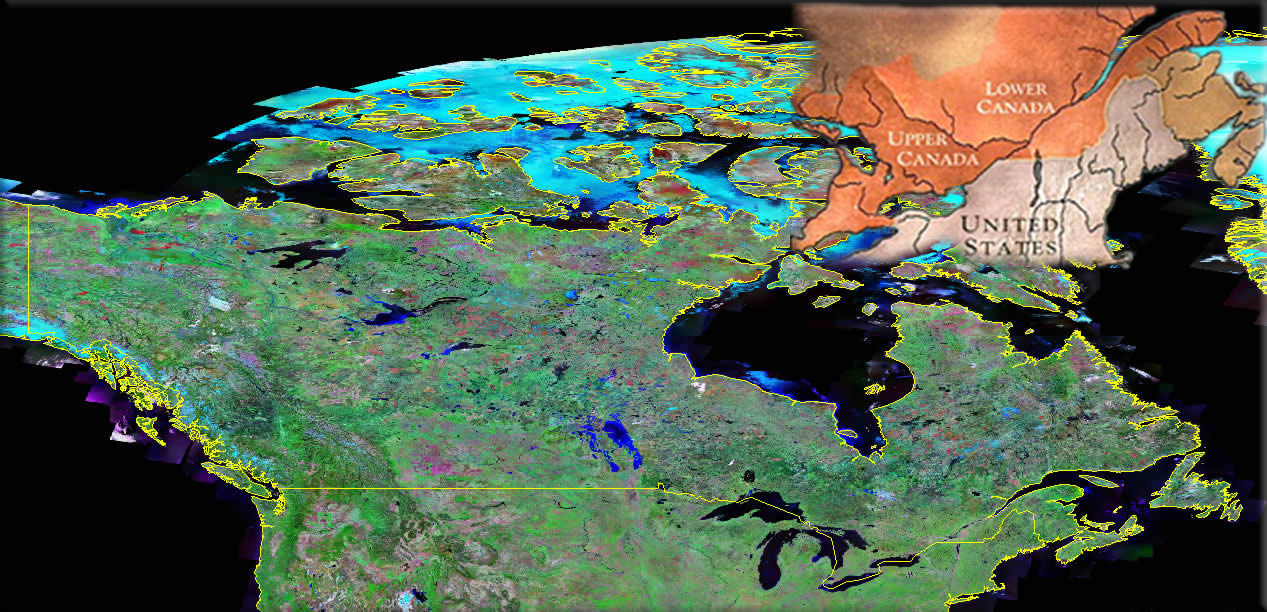
Quebec referendum (1980); In a referendum in Quebec, the population rejects by a 60% vote the proposal from its government to move towards independence from Canada.
Wikipedia Photo: Canada satellite image; The creation of Upper and Lower Canada (1791).
May 20th, 1989

1989 - Tiananmen Square massacre: The Chinese authorities declare martial law in the face of pro-democracy demonstrations, setting the scene for the Tiananmen Square massacre.
Wikipedia Photo: Tiananmen incident April 5th, 1976 (The incident occurred on the traditional day of mourning, and removal of the displays of mourning - The Gang of Four, ordered the Square to be cleared) ● Tiananmen Square protests of 1989; The “Unknown Rebel”, taken by Jeff Widener, 1989 ● A month before the crackdown, momentum was already gathering as thousands of students swarmed in the square on May 4, 1989 to call for greater freedom of speech and democracy, credit Peter Turley, Corbis.
May 20th, 1996
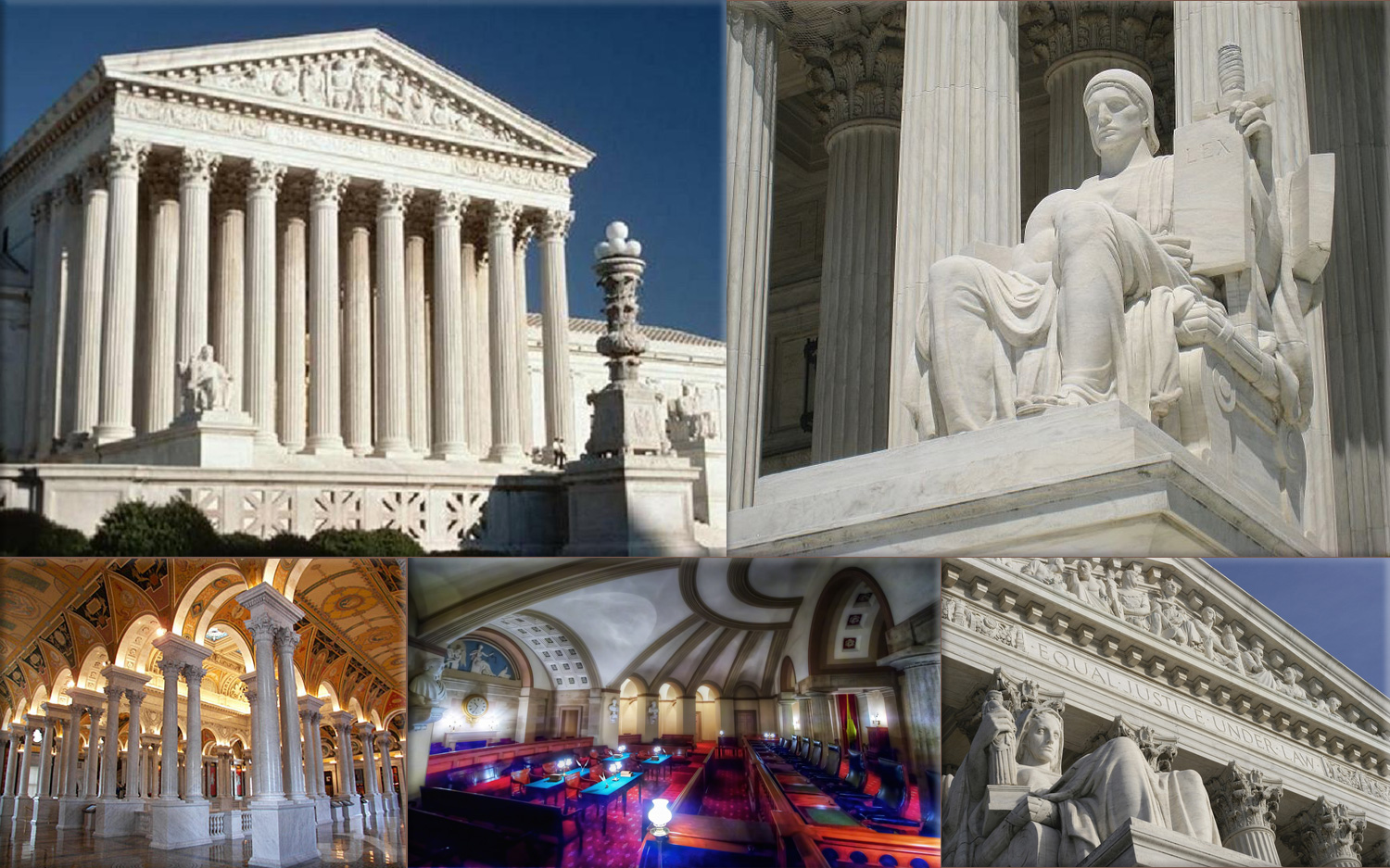
1996 - Romer v. Evans: the Supreme Court of the United States rules against a law that would have prevented any city, town or county in the state of Colorado from taking any legislative, executive, or judicial action to protect the rights of gays and lesbians.
Wikipedia Photo: United States Supreme Court building; Guardian of Law, by James Earle Fraser, US Supreme Court, Washington, DC, USA.
May 20th, 2013
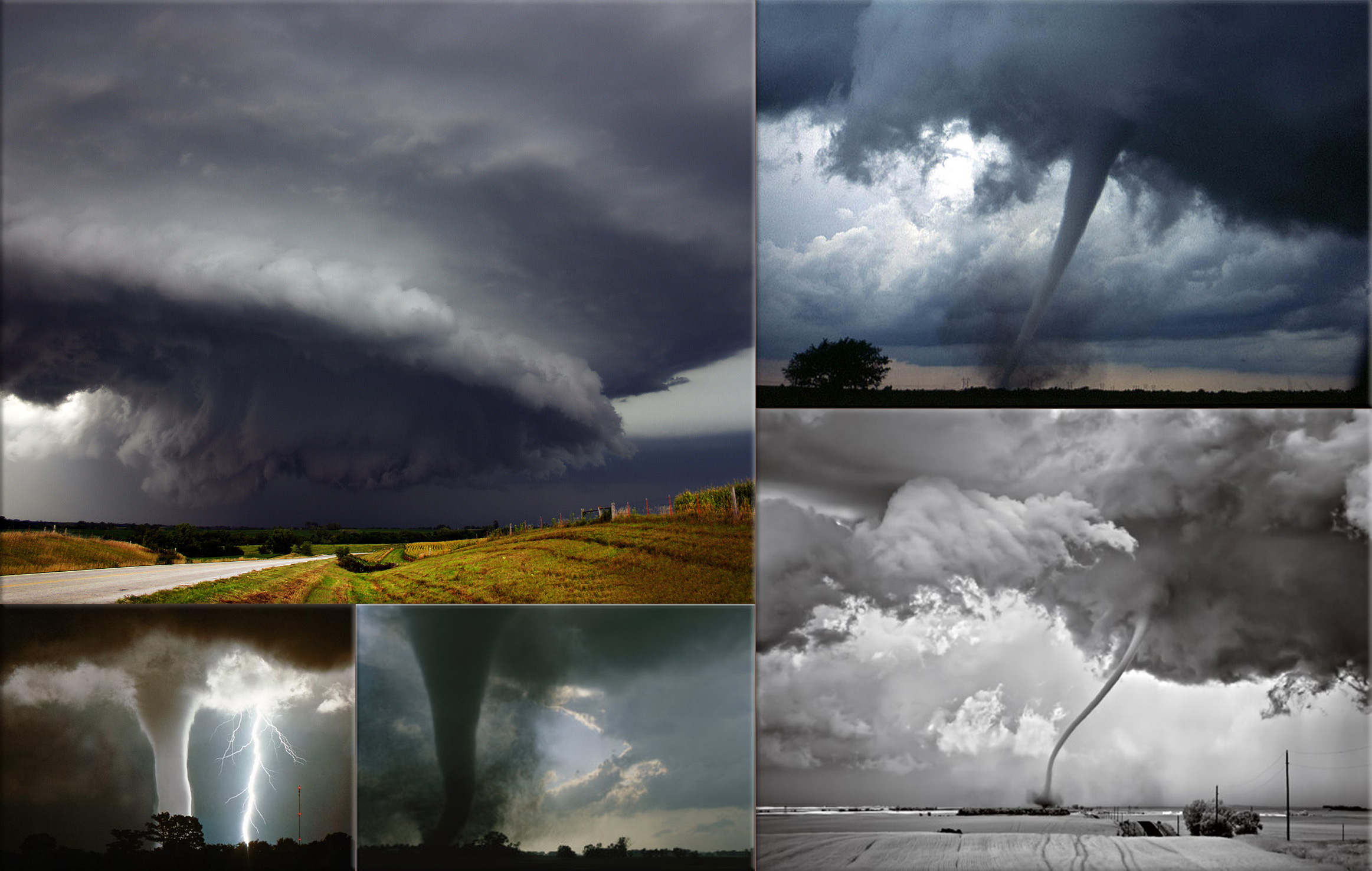
Tornadoes:
2013 - Moore tornado; An EF5 strikes the Oklahoma City suburb of Moore, killing 24 people and injuring 377 others.
Wikipedia Photo: Weather Front System; Tornado near Anadarko, Oklahoma; North Dakota Tornado; F3 Category Tornado Swirls Across A South Dakota Prairie by Carsten Peter; A waterspout parallels a lightning strike over Lake Okeechobee in Florida, by Fred K. Smith, National Geographics, Extream Instability.
May 20th, 2014
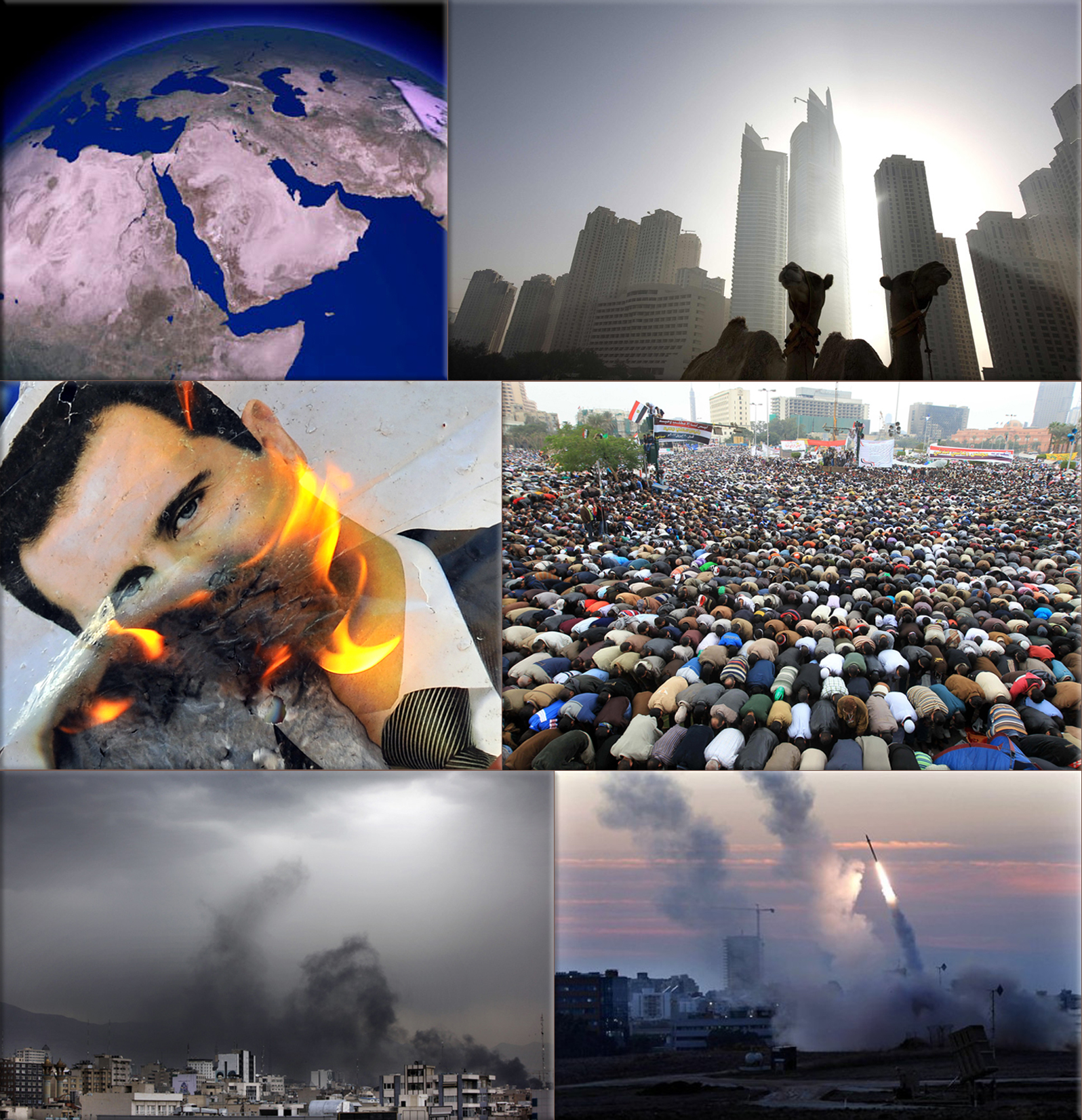
Modern conflicts in the Middle East, social unrest and terrorist attacks:
2014 - Jos bombings; More than 118 people are killed in two bombings in Jos, Nigeria.
Wikipedia Photo: Middle East satellite image, NASA. ● Camels are seen early morning on a beach in the Marina area of Dubai October 16, 2008. (Steve Crisp, Reuters) ● A portrait of Syrian President Bashar al-Assad burns during clashes between rebels and Syrian troops in Selehattin, near Aleppo, on July 23, 2012. (Bulent Kilic, AFP / GettyImages) ● Egyptians gather in their thousands in Tahrir Square to mark the one year anniversary of the revolution on Jan. 25, 2012 in Cairo Egypt. Tens of thousands have gathered in the square on the first anniversary of the Arab uprising which toppled President Hosni Mubarak. (Jeff J Mitchell, Getty Images) ● Black smoke rises above the Tehran skyline as supporters of Mir Hossein Mousavi burn tires and other material in the streets as they fight running battles with police to protest the declared results of the Iranian presidential election in Tehran, Iran, Saturday, June 13, 2009. (Ben Curtis, AP) ● The Iron Dome defense system fires to interecpt incoming missiles from Gaza in the port town of Ashdod, Thursday, Nov. 15, 2012. (Tsafrir Abayov, AP)
